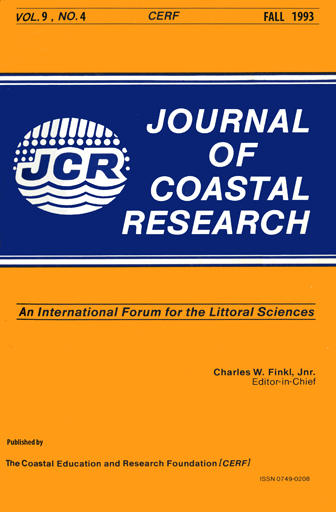A Model for the Settling of Non-uniform Cohesive Sediment in a Laboratory Flume and an Estuarine Field Setting
Keywords:
Cohesive sediment, deposition, laboratory tests, field measurements, critical shear stress, settling velocity, non-uniform sediment, numerical model, floc size distribution, annular flume, Mersey EstuaryAbstract
A numerical model for deposition of non-uniform cohesive sediment at a point was applied to laboratory and field settings. The results were compared with those from a uniform sediment model applied to the same settings. In the non-uniform (distributed) model, classes of sediment (representing different floc sizes) each had a corresponding settling velocity and critical shear stress for deposition. The models were applied to laboratory deposition tests in an annular flume. Tests with steady and slowly decelerating flow were both modelled. The distributed sediment model was shown to be a much better model of deposition in decelerating flow in the closed system of the annular flume. The model was shown to be sensitive to the settling velocity of the class corresponding to the largest flocs. The importance of more accurate methods of determining floc size and settling velocity distributions was recognised. Both models were also applied to field measurements of deposition during a tide made in the Mersey Estuary. Both models gave a reasonable fit to the data, but the distributed sediment model did not significantly improve the uniform sediment model for field use. External influences and advection of sediment from outside the immediate area were shown to affect the field measurements.


